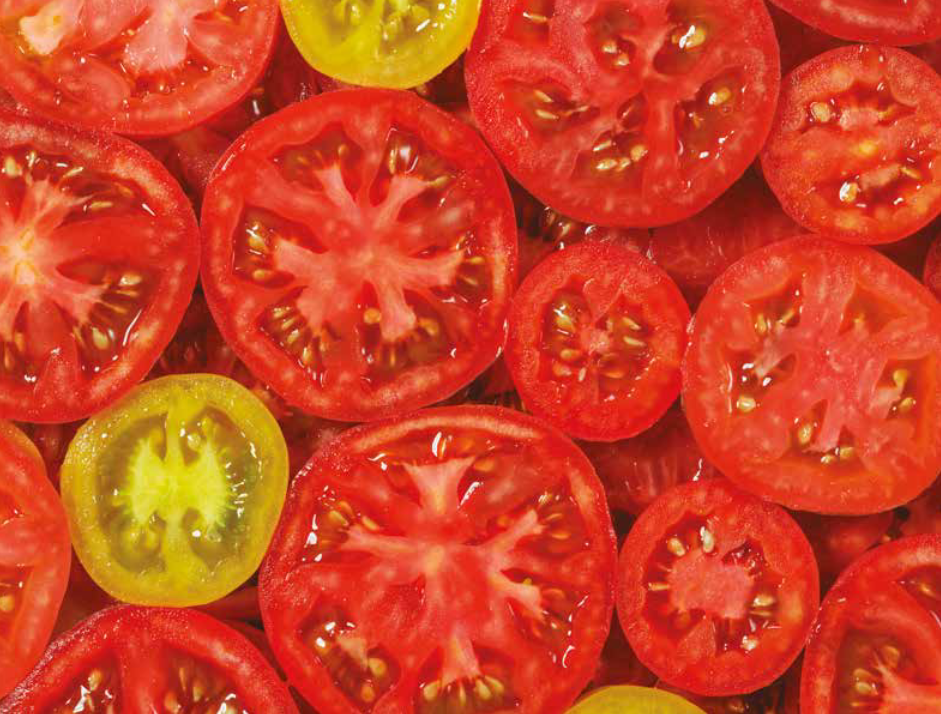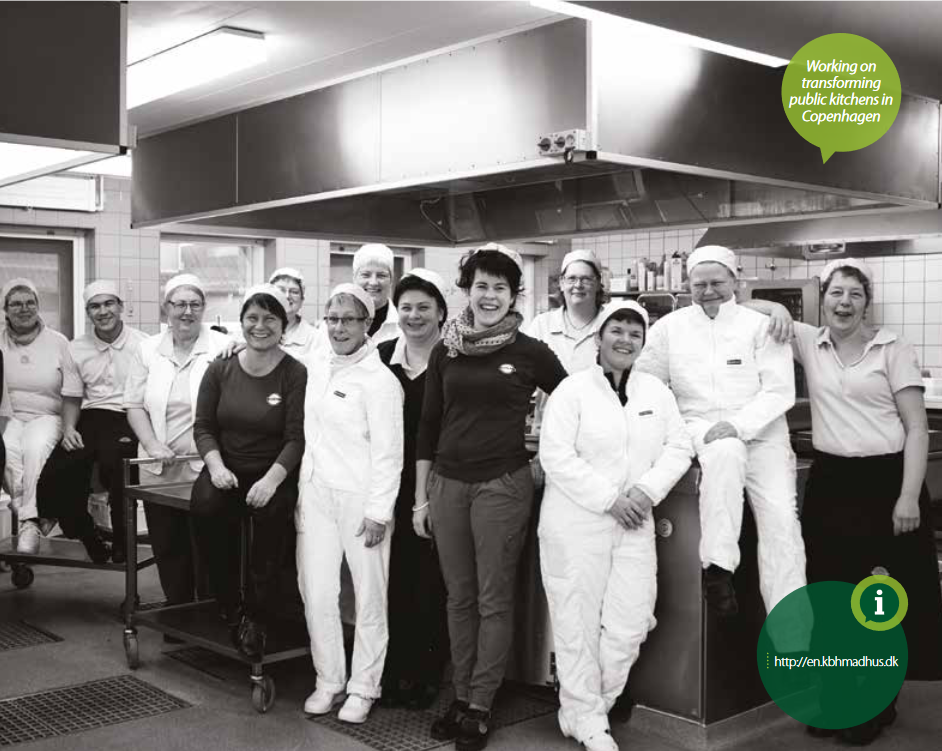Introduction 
Where does the organic sector aim to be in 2030? What are the critical future framework conditions that could limit or speed up the development of the organic movement?
This publication provides an answer to these questions, which were at the heart of strategic conversations initiated by IFOAM EU to foster the further development of the organic movement. One result of these conversations is a shared vision of the European organic movement to 2030 and beyond, described in Part I, outlining who we want to be by that time.
Part II of this publication provides a strategic analysis of the future, and sets out the possible framework conditions in which our vision might have to fit in order to become reality, as well as what strategies would have to be developed to achieve it. It starts with an overview of the organic movement and its achievements until now, reflected both in terms of market growth and societal recognition. It continues with a selection of relevant future trends & uncertainties that explore some of the opportunities and threats that might face the organic movement. The same set of trends and uncertainties, ranked by their potential impact on the organic sector, form the basis of four scenarios that represent multiple but equally plausible futures that set the context in which the organic movement might have to exist. While they are not intended as predictions of the future, the scenarios serve as a framework for the shared vision and a test-bed for future strategies – concrete paths that we need to develop in order to achieve our desired vision. These strategies should take into account both the vision of the organic movement and possible objective developments in the outside world.
In facilitating this process we have put considerable effort into a participatory approach, capturing multiple viewpoints, ideas, insights and intuitions from individuals involved in the organic movement and sector in Europe. Through five workshops and two Europe-wide consultations, more than 300 contributors shaped this vision process. The pages that follow bring all these voices and ideas together.
The publication ends with a reflection on the way forward, i.e. the next steps the organic movement should take to define a clear pathway for achieving its vision.
A number of examples of innovative practices spread throughout the publication give a taste of the initiatives that are already working towards achieving our shared vision and addressing future challenges for Europe and the organic sector in particular.
What is common to all the examples is the intention to go beyond a one-dimensional understanding of sustainability. Instead of focusing solely on sustainable production methods, ingredients, products or processes, they strive to have an impact on multiple fronts, targeting the connections between all actors in the value chain, our communities and our environment.
Consult the initiatives on euorganic2030.bio and consider submitting your own.
Inspiration from the public sector: eating better, organically

-
- WHAT: Organic conversion of “pots and minds” in public kitchens
-
- WHERE: Copenhagen
- WHO & HOW: A combination of forward-looking green procurement policy and a determination to transform food culture are the recipe for success when it comes to increasing organic in public institutions. As of early 2015, the share of organic ingredients in meals in public canteens in Copenhagen has reached 83%. Behind this success is a national effort from Organic Denmark, which achieved a national government goal of 60% organic in all public canteens, as well as winning public financing for conversion and education in public kitchens, and an intensive collaboration among organic farmers, food companies and wholesalers in Organic Denmark to expand organic supply to public canteens.
In Copenhagen a close partnership between the Copenhagen City Council and a non-commercial foundation, the Copenhagen House of Food, developed an innovative approach for reaching the ambitious target of 90% organic food in public canteens by the end of 2015. Instead of merely replacing conventional ingredients with organic ones, the Copenhagen House of Food placed an emphasis on creating balanced diet plans using less meat, more vegetables, purchasing in-season and reducing waste by 50%. The result: healthier, organic, climate-friendly meals, and enormous pride among the 1,700 kitchen staff. Quality criteria include not only the sensory and nutritional qualities of meals but also the physical surroundings, ways of presenting and sharing meals and staff’s joy in working for a common purpose. Such a comprehensive approach ensures a lasting change in the way public meals are sourced and prepared and, most importantly, a transformation in the perceptions of what a meal is.
Inspired by this initiative? Read more about it online and/or share it!